Being at the forefront of emerging waste management trends is critically important as Local Environmental looks to lead and reshape the industry.
Our business practices and waste reduction strategies are influenced by some of the most innovative waste management industry trends taking hold across the globe today.
From new waste management technology to supporting circular economy practices, we’re always looking for new ways to be better stewards of waste management and to help our communities reduce their environmental impact.
Here are some of the most exciting trends shaping the industry today:
The Circular Economy Approach
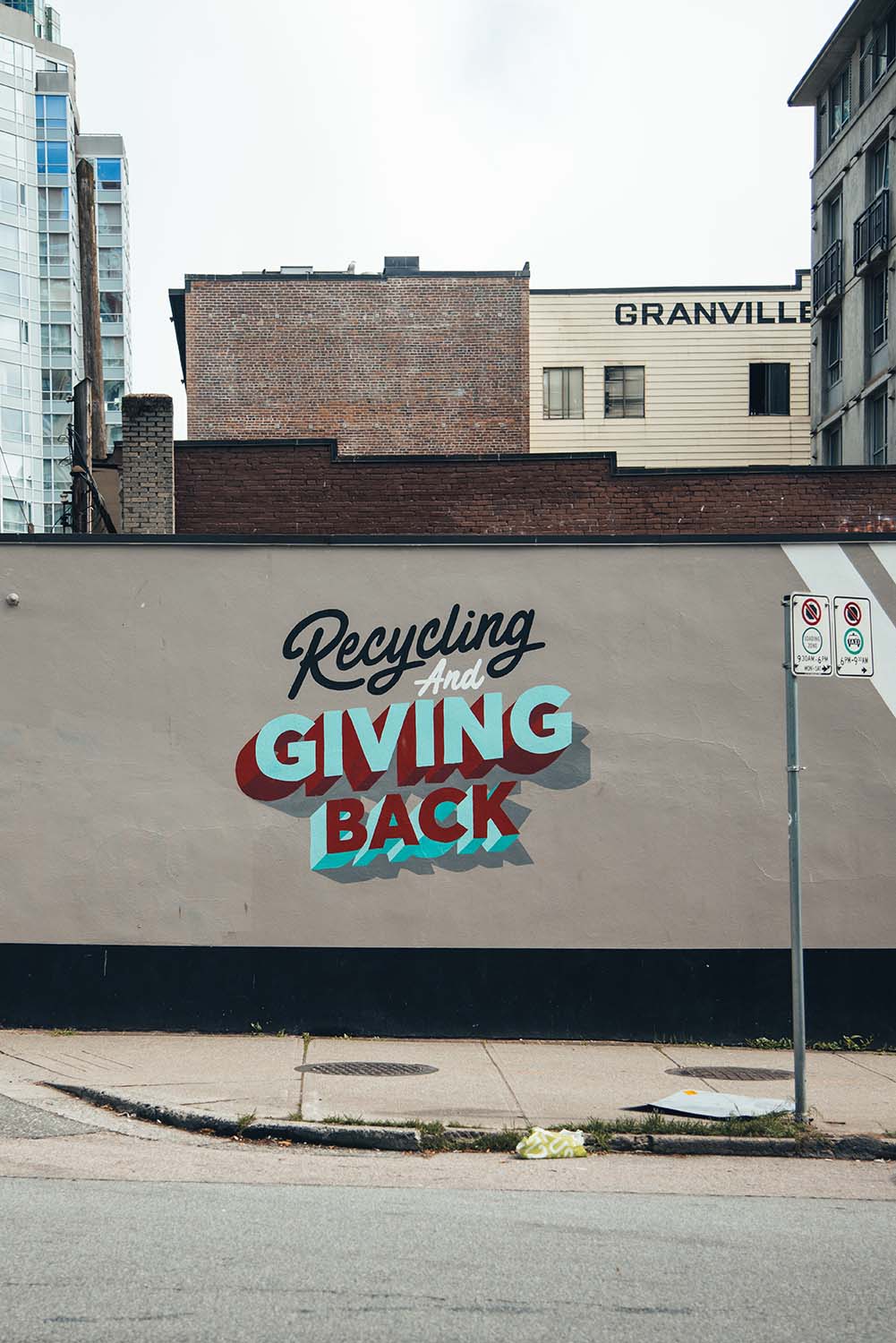
In simple terms, a circular economy aims to displace our current economic model which is based on a ‘take, make, throw away’ approach to consumption. ‘Take’ refers to taking raw materials and resources from the Earth, which we ‘make’ into products that we use and then ‘throw away’ as waste when we are done with them.
The current ‘take, make, throw away’ model simply isn’t sustainable since so many of the Earth’s resources are nonrenewable. A new circular model is needed to replace this linear model.
By shifting our focus to give products a truly circular lifecycle – by reusing, repairing, refurbishing, remanufacturing, and recycling them instead of throwing them away – we can eliminate the concept of waste and build a much more sustainable future.
Changing from linear to circular, by design
According to ellenmacarthurfoundation.org, the path forward comes down to design choices. In a digital article, one of the core concepts behind eliminating waste via a circular economy is explained:
“Although it sometimes seems like waste is inevitable in certain situations, waste is actually the result of design choices. There is no waste in nature, it is a concept we have introduced.”
Instead of thinking about waste as an unavoidable byproduct, let’s consider it a design flaw. By intentionally designing how a product’s materials will re-enter the economy from the very start, we can move away from the linear model and towards a circular one where waste as a concept no longer exists.
Coming to a curb near you – the future of waste management technology
Advancements in waste management technology will continue to move the industry forward in exciting ways. Here are five emerging trends in waste management to learn about.
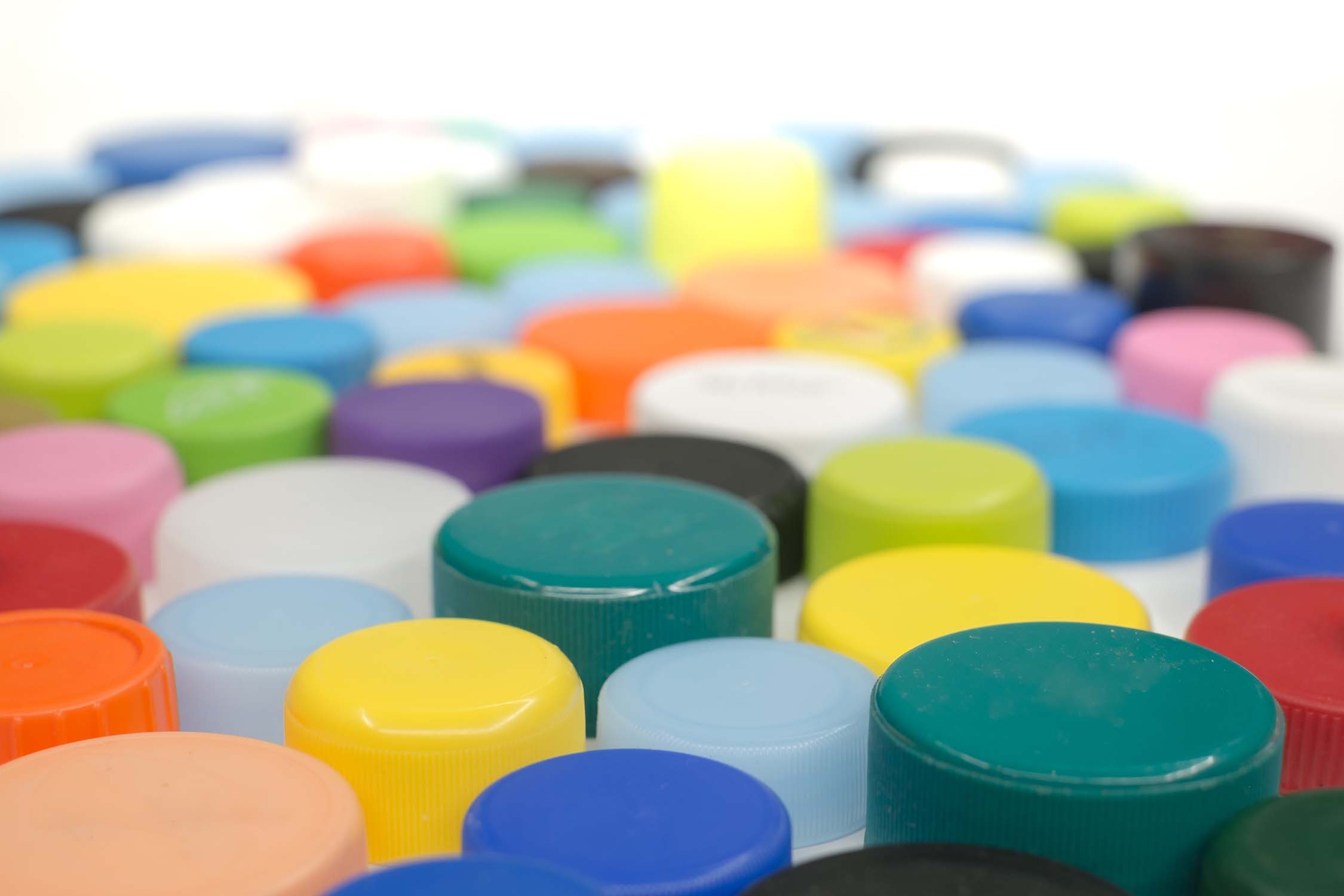
1.) Pneumatic waste collection system
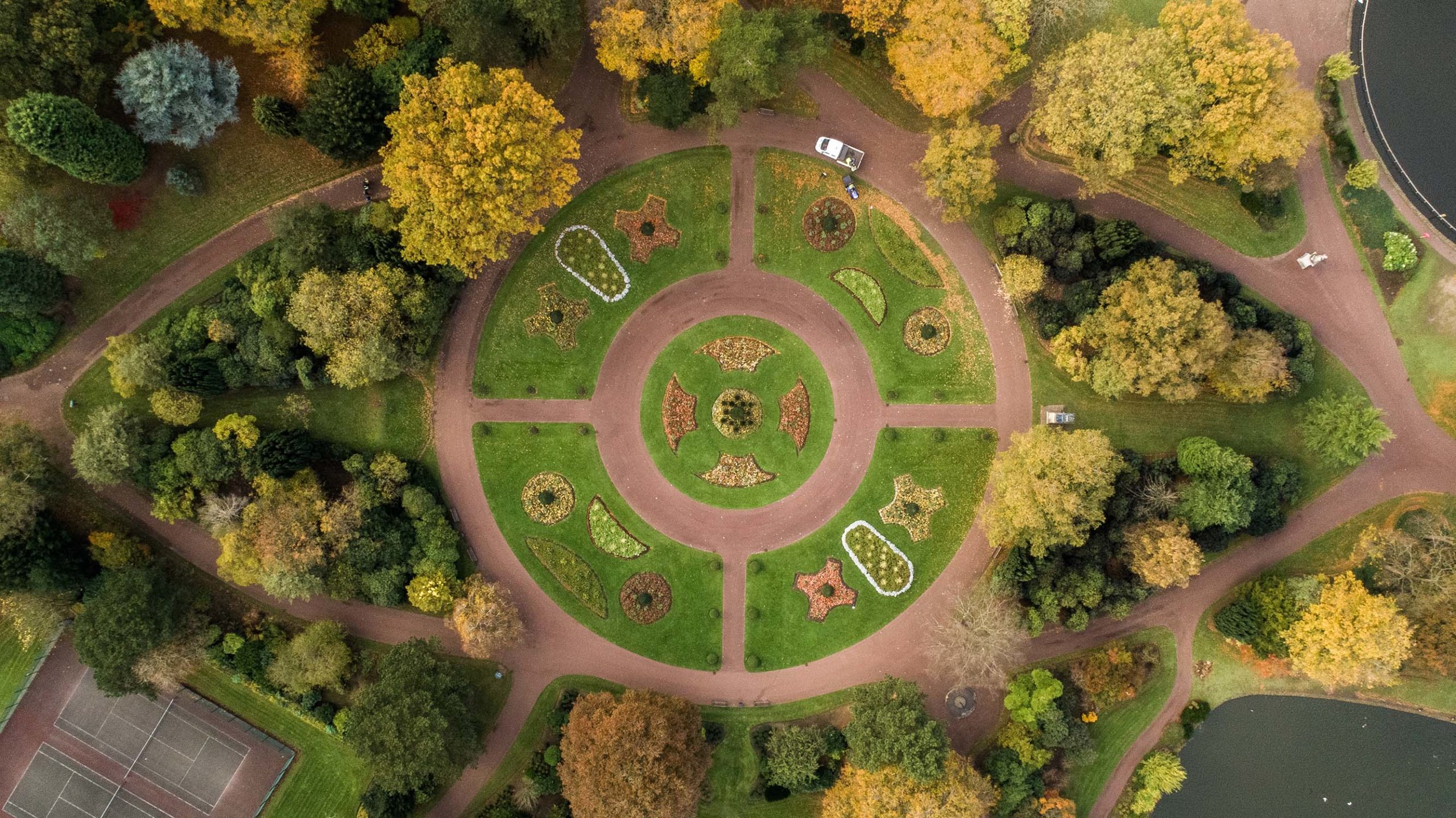
While it’s not new technology – using compressed air in interconnected tubes to move things, like office mail or memos, has been around since the early 1900s – forward-thinking countries like Singapore have been increasingly implementing Pneumatic Waste Conveyance Systems (PWCS).
This automated waste collection system conveys waste by air suction from individual residential or commercial buildings through a network of pipes to a central location for collection. Automating waste removal to central collection sites is more efficient and reduces the volume of trucks as collection occurs at fewer bin centres rather than each individual building.
2.) AI-based waste sorting
AI is changing the way things are done across many industries and waste management is no exception. AI, machine learning, and robotics are all being used to help make waste collection and processing more efficient.
AI-guided robots use image analysis to sort recyclables with higher accuracy and recovery rates than current systems. Computer-vision systems detect different shapes, colours, and even labels to identify and sort materials at superhuman speed. This technology has been installed in hundreds of sorting facilities and its use is being expanded around the world.
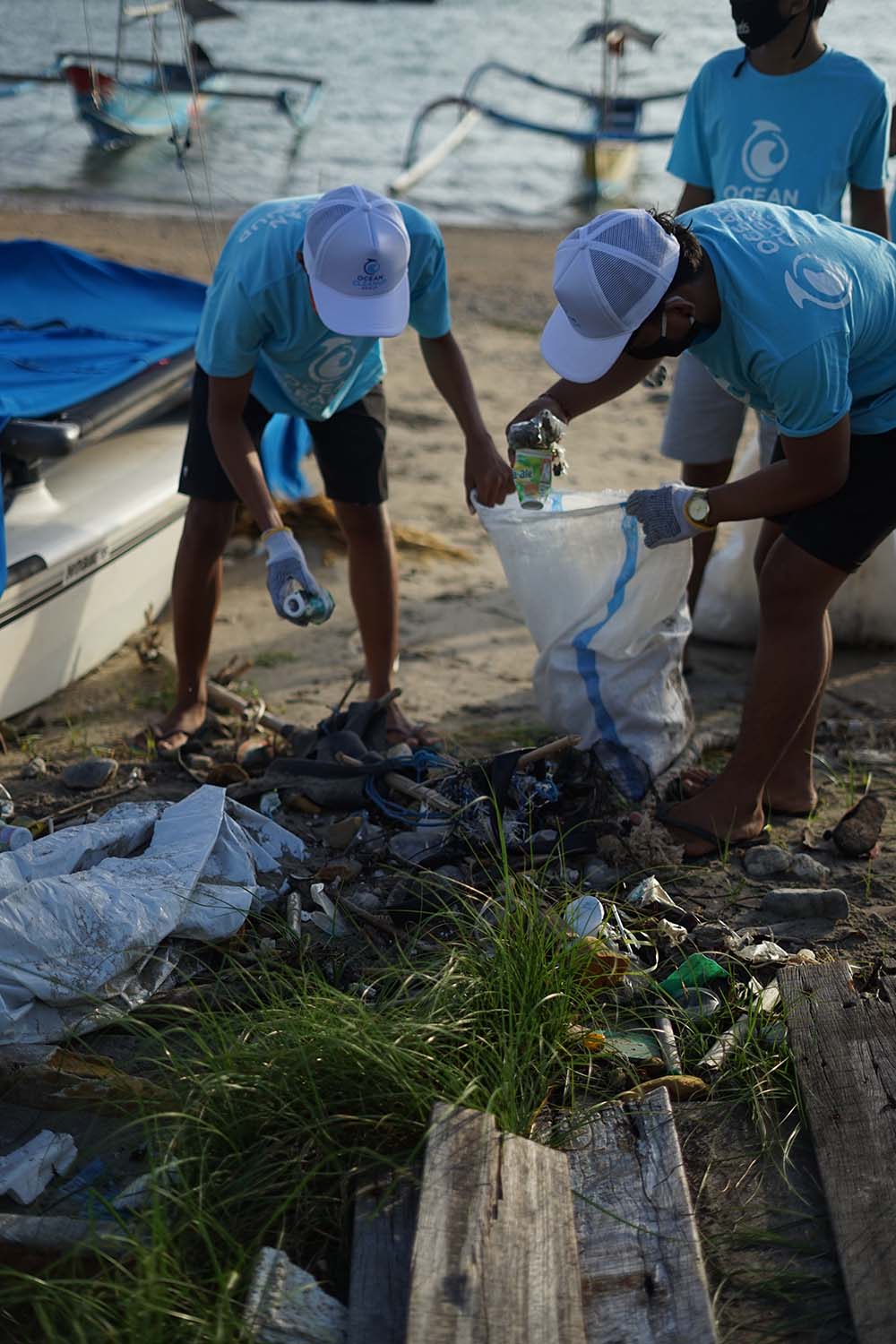
3.) Plasma gasification
The concept of turning waste into energy isn’t new, but unlike burning trash for fuel (which emits toxic pollutants into the air) the Plasma Gasification Process (PGP) promises cleaner waste-to-energy generation.
PGP uses extremely high temperatures (25,000℉/ 13,900℃) to convert the garbage into synthetic gas or “syngas” which can be used as an energy supply. Syngas can be used to run turbines in an electrical plant or could potentially be used to power vehicles. In a closed-loop system, it could even be reintroduced into the PGP system as the energy supply that runs the plant, powering all of the components of the plasma torches to the conveyance system that moves the waste.
4.) E-waste kiosks
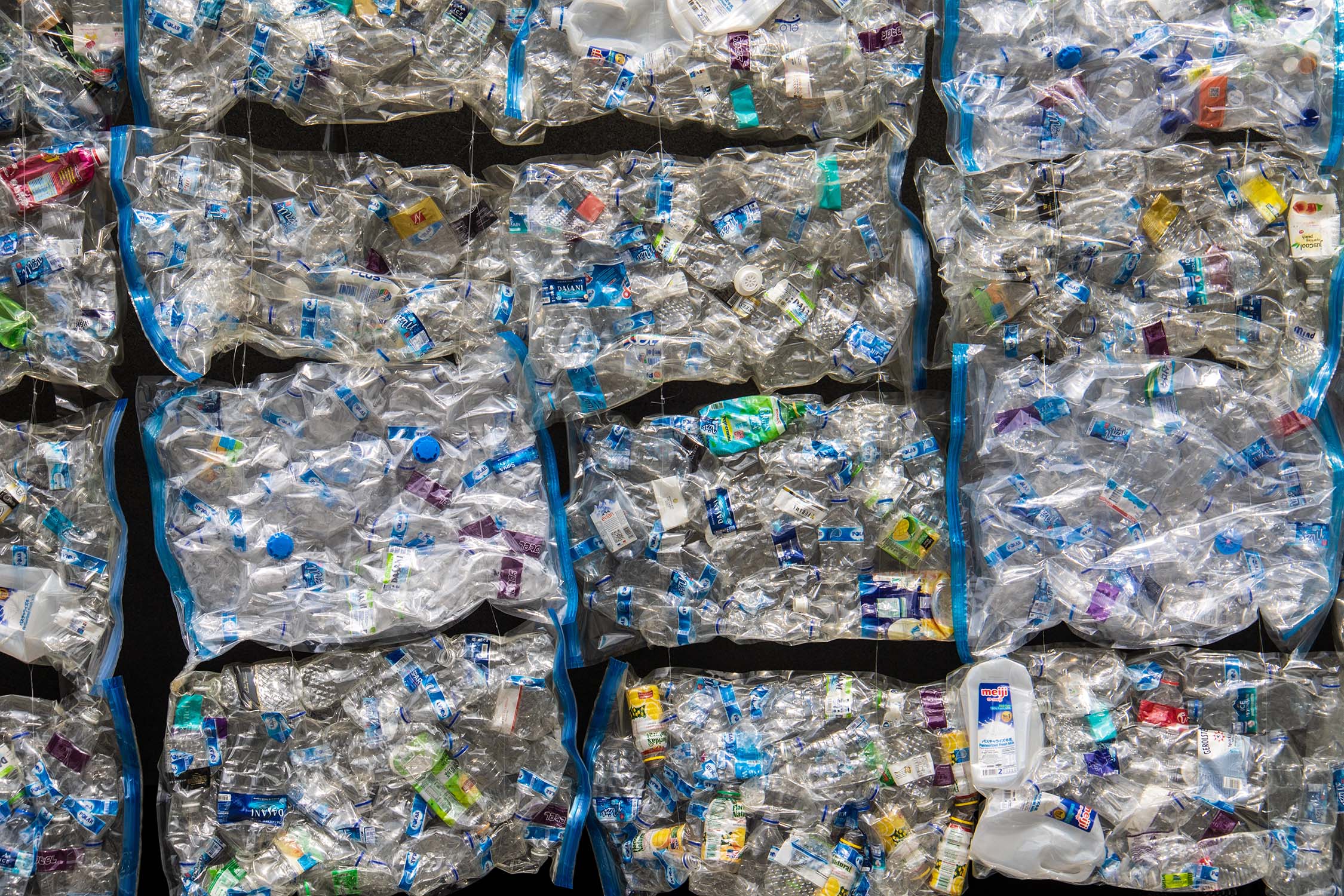
Proper disposal of electronic waste (not to mention all those iPhone boxes we refuse to get rid of) is still a bit of a mystery to most of us. What can be thrown away? What can be recycled and what can be resold?
Some companies across North America are making it easier for people to recycle devices like smartphones, tablets, and e-readers and get reimbursed for them.
Most of these companies have self-serve kiosks that determine the device’s value based on a functional and visual assessment. Most of the collected devices are refurbished and reused while older nonfunctional devices are recycled. Toxins such as lead, cadmium, mercury, and arsenic are then kept out of landfills.
5.) Solar-powered trash compactors
Florence, Italy recently installed solar-powered, self-compacting garbage cans that will reduce emptying operations by 94% compared to traditional bins.
Each solar-powered can has a capacity of 120 litres of compacted waste, which is equivalent to 600 litres of non-compacted waste. Sensors on the bins use a 4G connection to a software platform so that the city’s waste management team can monitor filling levels. The result is vastly improved, more efficient waste collection overall.
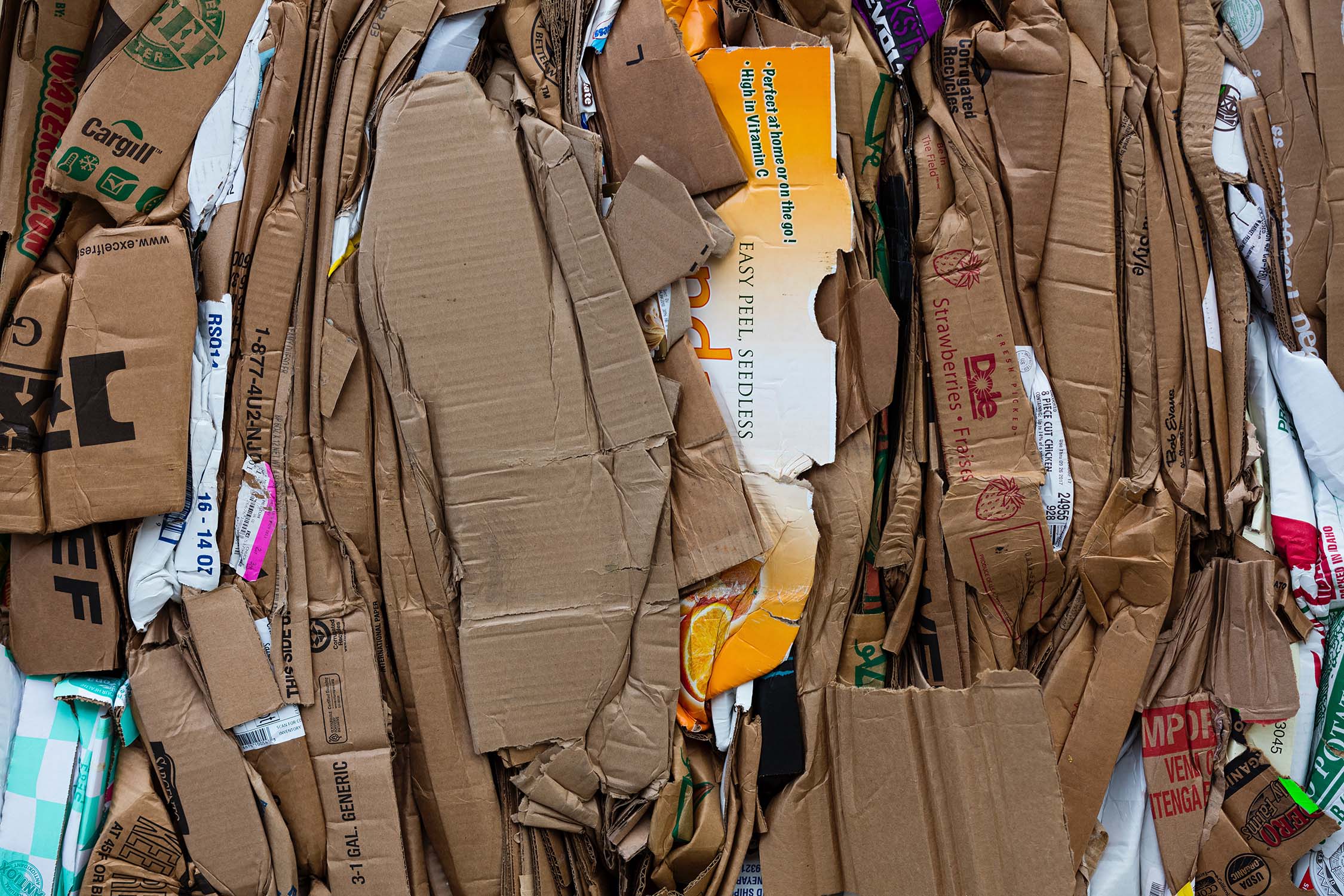
How is Local Environmental shaping waste management trends in your community?
As a trusted waste collection partner serving communities in and around Edmonton, Whitecourt, and Regina, Local Environmental takes its role as an industry leader seriously. We’re constantly looking for new and innovative ways to better serve our residential and commercial clients while reducing our environmental impact.
For example, our transfer station accepts all construction and demolition waste which is then sorted to remove all recyclable materials. The remaining waste is then shredded to reduce our landfill footprint.
Currently, we’re the only waste management company in Regina with the capacity to divert recyclable materials such as metal, cardboard, paper, and clean wood from the landfill to recycling facilities instead.
In 2022 alone we diverted 342.96 tonnes of metal and 56.80 tonnes of cardboard and paper from our transfer station in Southern Saskatchewan. Results like this make the work so rewarding and motivate us to continue to drive change across the industry and throughout the communities we serve.
Interested in partnering with one of Western Canada’s most innovative Waste Management Companies? Learn more about our Commercial and Construction Waste Programs.
